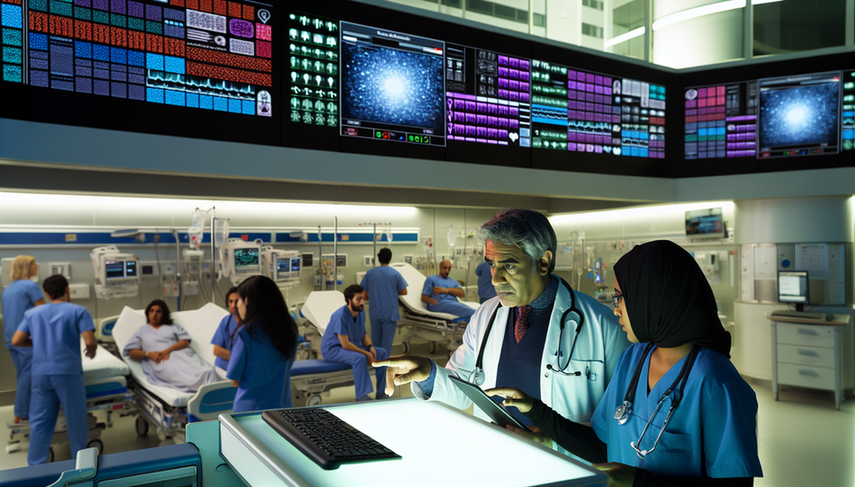Triage Algorithms and Automated Classification: Enhancing Clinical Decision Support in Hospital Emergencies

In the dynamic environment of hospital emergencies, rapid and accurate decision-making is crucial to ensure appropriate patient care. Triage algorithms and automated classification have emerged as valuable tools to support clinical decision support, enabling healthcare professionals to prioritize and effectively manage critical cases. In this context, artificial intelligence and machine learning are transforming the way triage is performed, enhancing accuracy and reducing response times.
Diving Deeper into Triage Algorithms and Automated Classification
The use of triage algorithms based on artificial intelligence has proven promising in various areas of emergency medicine. A recent study utilized artificial neural networks to identify strokes during triage by detecting subtle changes in circulating cell counts, showing a significant improvement in diagnostic performance compared to symptom-based tools such as the Cincinnati Scale and the NIH Stroke Scale (see study).
Another innovative approach is the use of Bayesian models for decision support in triage, which has demonstrated greater sensitivity in predicting hospitalizations compared to emergency medicine specialists (see study). Additionally, the implementation of neural networks for the automatic interpretation of electrocardiograms has significantly improved sensitivity in detecting ischemic changes, approaching the level of experienced cardiologists (see study).
In the realm of detecting acute intracranial hemorrhages, a deep learning algorithm has achieved accuracy levels comparable to those of expert radiologists, demonstrating its utility as a triage tool and second reader in routine clinical applications (see study).
Conclusions
The integration of triage algorithms and automated classification in hospital emergencies represents a significant advancement in clinical decision support. These technologies not only enhance diagnostic accuracy but also optimize workflow, allowing healthcare professionals to focus on direct patient care. As we continue to explore and refine these tools, it is essential for physicians to familiarize themselves with their use and potential, thereby ensuring more efficient and effective medical care.
Referencias
- [1] Use of deep artificial neural networks to identify stroke during triage via subtle changes in circulating cell counts.
- [2] A Bayesian model for triage decision support.
- [3] Decision support for the initial triage of patients with acute coronary syndromes.
- [4] A deep learning algorithm for automatic detection and classification of acute intracranial hemorrhages in head CT scans.
Created 23/1/2025
